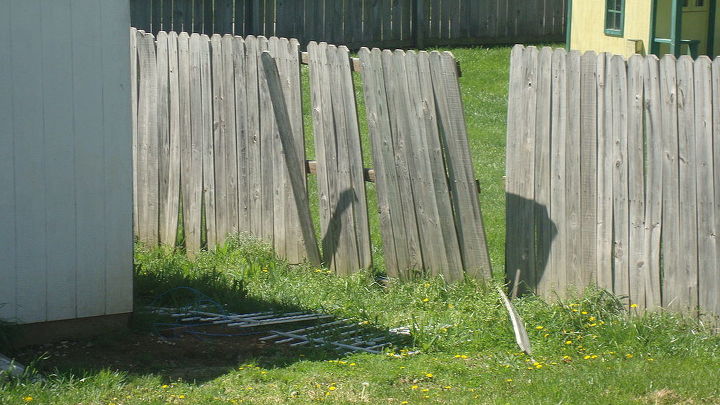Our St Augustine grass is turning yellow.What can I put on it to help?
Related Discussions
GNATS - How to get rid of them?
Somehow my house and garden got tiny gnats that killed my fuchsia plant and fly everywhere. I have tried ALL the Web recommendations - soap and oil dishes, sand in th... See more
Marigolds growing! Should I pinch the buds?
My marigold plants are growing. I heard that pinching the buds until Autumn will allow them to grow without killing the plant. Is this true?
Growing garlic
Growing our first garlic, should we wait until the leaves are drying out before we pick it? Husband picked first one today along with our first potatoes.
How to keep mice out of your garden?
Hi everyone, I have mice in my garden destroying my vegetables and I have also noticed them in the barn and shed. Please can someone tell me how to prevent them from ... See more
What's the best flower/plant to grow in Texas?
I know that opinions vary, but what's your opinion?!I have great luck w Rosemary plants. Green all year long.
Best way to kill bush/tree after being cut down?
Just moved into a new home. There was a huge thorny bush dragon devouring the mailbox. I slayed the dragon but it is trying to rise up again. How can I make sure it's... See more
Nightmare neighbors
We have the worst neighbors ever! They complain about everything! They hate dogs so they complain every time our dogs bark one time (not exaggerating) they have fabri... See more





Epsom Salts....magnesium
1 Water your grass to immediately hydrate it and start the greening process. In most hot climates, St. Augustine grass requires irrigation once every three to six days. Use enough water to get the dirt wet to a depth of 8 inches. This encourages the grass to send roots deeper into the soil, which in turn promotes a healthier, greener surface appearance that's more resistant to drought and stress.
2 Mow your lawn every 10 days, keeping the St. Augustine grass at a height of 2-1/2 to 3 inches. At this height, your lawn can better resist weed and pest invasions, and it also encourages deeper rooting and reduces stress on the plant.
3 Leave the grass clippings on the surface of your lawn. As the clippings decompose, they return essential nutrients, such as nitrogen, to the lawn and encourage greener growing results.
4 Fertilize your St. Augustine grass to perk it up, make it greener, promote greater turf density and reduce its susceptibility to pests and disease. The University of California recommends spreading 2 pounds of nitrogen for every 500 square feet of St. Augustine grass during the March to October growing season, split into four even applications.
5 Control weeds and pests, which reduce lawn health and appearance and create stressful conditions for the grass. For weeds, either remove them by hand or apply an herbicide that's specifically labeled for use on St. Augustine grass. Unlike some grass species, St. Augustine grass is more susceptible to the various post-emergent lawn herbicides on the market. Grubs and chinch bugs are some of the most commonly encountered pests in St. Augustine lawns. Fight them with a broad-spectrum lawn insecticide formulated with deltamethrin or bifenthrin.
And cut back any watering you are doing.
Turning yellow might be to much water
Epsom salt will help with the drainage!